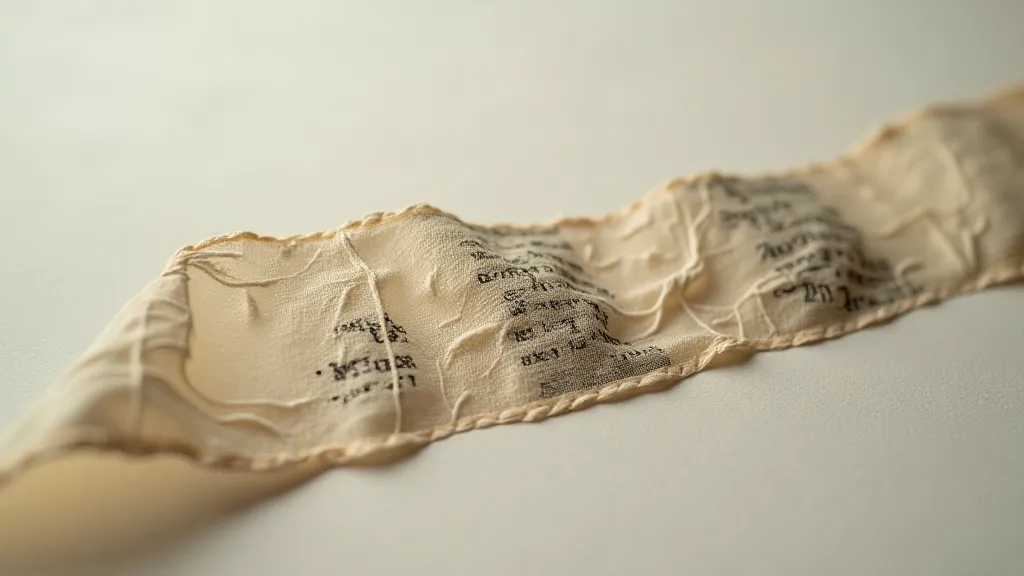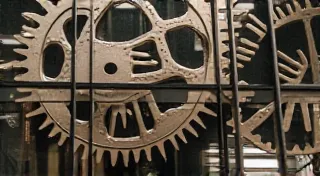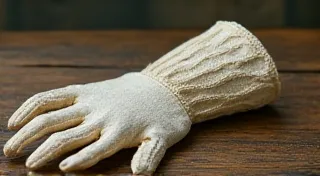The Cartographer of Echoes: Tracing the Paths of Faded Ink
There’s a peculiar intimacy that settles over you when working with a vintage typewriter ribbon. It’s not just a strip of fabric and ink; it’s a vessel – a tiny, tightly wound chronicle of correspondence, creative bursts, and quiet contemplation. Holding one, particularly a ribbon faded with time, is akin to holding a fragment of a forgotten world. You’re not simply examining an office supply; you’re cradling a whisper from the past.
My fascination began, unsurprisingly, with my grandfather. He wasn't a writer in the traditional sense, not a novelist or poet. He was an accountant, a man of meticulous detail, and his world revolved around ledgers, calculations, and the rhythmic clatter of his Underwood Standard. That Underwood, and its steadily diminishing supply of ribbons, became the soundtrack to my childhood summers. I'd sit at his feet, mesmerized by the way the inked letters bloomed on the page, a tangible manifestation of his thoughts. The smell of the ink itself—a dark, slightly oily fragrance—is inextricably linked in my memory with safety, routine, and the comforting solidity of his presence.
The gradual fading of the ink, however, held a deeper resonance. Each replacement ribbon brought a brief surge of vibrancy, a return to the bold black of official documents and careful accounts. But inevitably, that intensity would soften, the lines blurring, the details becoming ghostly. It wasn's a malfunction; it was simply the relentless march of time leaving its mark.
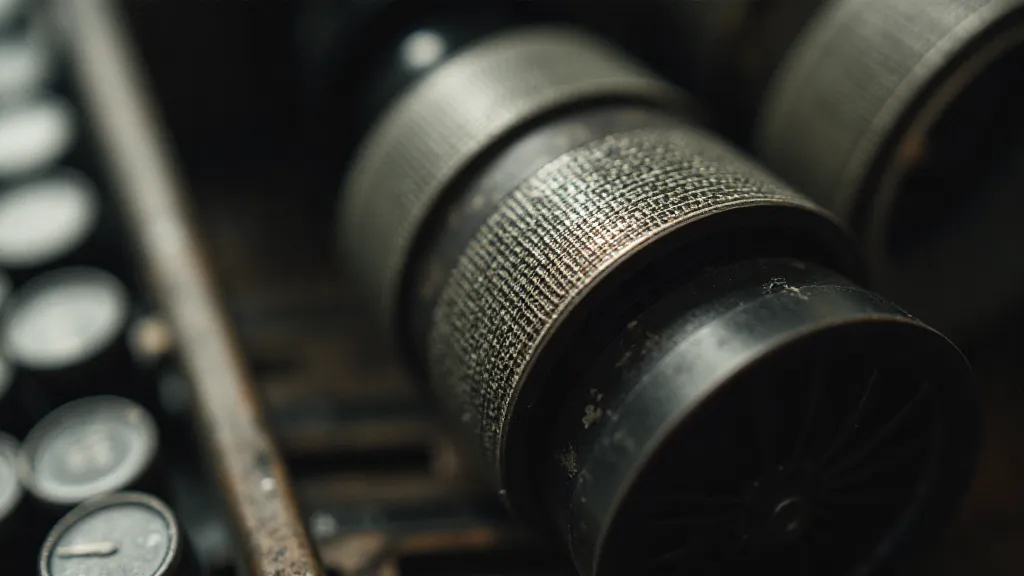
The History Held Within the Fabric
The story of typewriter ribbons is interwoven with the very history of modern communication. Before email and word processors, these unassuming strips were essential for countless businesses, writers, and artists. Early typewriter ribbons, often made of silk, were incredibly fragile and prone to fraying. The invention of nylon in the 20th century revolutionized the process, providing a more durable and consistent material. Different colors became available – red, blue, violet – each signifying a different purpose, a different tone. A red ribbon might indicate an urgent letter, a blue one a personal note, a violet ribbon perhaps a draft for a play or poem.
Consider the sheer volume of correspondence that flowed through these ribbons. Love letters penned during wartime, business contracts securing burgeoning empires, the frantic scribbles of journalists chasing a breaking story – each ribbon carries a silent narrative, a fragment of human experience lost to the sands of time. The loss of a ribbon isn't just the loss of a consumable; it’s a potential silencing of a voice, a closing of a chapter. This sense of loss speaks to a broader theme of time’s impact on artifacts, a concept explored further in an article reflecting on the last paragraph of typewriter ribbons and the ephemerality they represent.
The Alchemy of Fading: A Visual Poem
The fading of the ink isn’s a random process; it's an alchemical transformation. Light, heat, and humidity all contribute to the breakdown of the dye molecules. The ink doesn't simply disappear; it changes. It bleeds, it softens, it takes on a mottled appearance. The initial blackness yields to greys, browns, and even a ghostly purple depending on the dye used and the conditions of storage.
It’s a visual poem, really. A testament to impermanence. There’s a strange beauty in it, a melancholic grace. The faded ink whispers of the passage of time, of memories fading, of stories untold. It forces us to confront the ephemeral nature of existence, reminding us that even the most carefully documented moments eventually succumb to the relentless current of change. The intricacies of this process, and the beauty found in decay, echo themes explored in a piece dedicated to Ink’s Last Dance, examining the alchemy of fading typewriter ribbons.
Restoration: A Gentle Dance with the Past
Restoration of vintage typewriter ribbons isn't about recreating the original vibrancy. That’s simply impossible, and any attempt to do so would be a disservice to the ribbon's history. It’s about stabilization, preservation, and appreciation of what remains. The goal is to slow down the fading process, to prevent further degradation, and to allow future generations to glimpse the echoes of the past.
Techniques vary depending on the ribbon's condition. Careful cleaning with archival-quality materials can remove surface grime that accelerates fading. Storage in a cool, dark, and dry environment is paramount. Sometimes, gentle rewinding can help to redistribute the remaining ink and reduce stress on the fabric. However, any intervention must be approached with caution, respecting the ribbon's fragility and its inherent value. The preservation process extends beyond mere techniques, encompassing a philosophical approach to respecting the object’s journey through time – a consideration addressed in reflections on the cartography of silence, mapping the landscape of antique equipment and their stories.
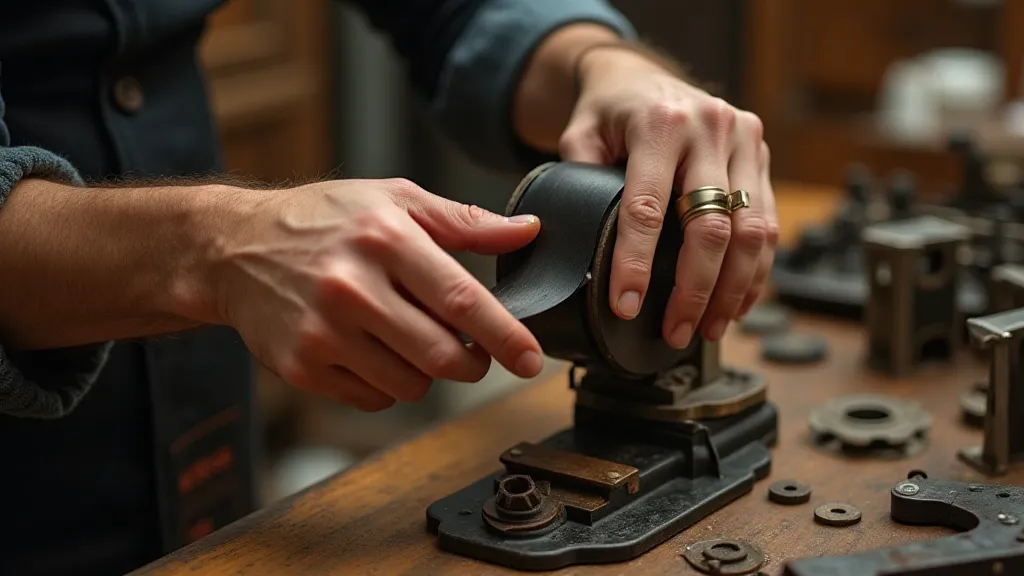
Collecting & Appreciation: More Than Just Office Supplies
The world of vintage typewriter ribbons is surprisingly rich and diverse. Collectors seek out ribbons from specific typewriter models, ribbons in rare colors, and ribbons associated with significant historical events. The value isn’t always about rarity; often, it’s about the story the ribbon tells. A ribbon found in an old family home can hold immense sentimental value, even if it’s not particularly rare.
The act of collecting isn't simply about acquiring objects; it’s about connecting with the past, about preserving a tangible link to a bygone era. Each ribbon is a tiny window into the lives of those who used it, a silent witness to their triumphs and struggles. It’s a reminder that even the most humble objects can hold profound meaning. This concept of uncovering narratives through seemingly insignificant items resonates with the broader practice of exploring the Obsidian Archive, unearthing stories from the reliquaries of time.
Consider the artisans who crafted these ribbons – the weavers, the dyers, the meticulous machinists who ensured each strip was perfectly wound and ready for use. Their skill and dedication are embedded within the fabric, a testament to the craftsmanship of a different age. These weren’t just office supplies; they were products of human ingenuity and artistry. The echoes of their hands, their dedication, now faded like the ribbons themselves.
Deeper into the Decay: The Chemical Processes
While the visual transformation of fading ink is captivating, understanding the underlying chemistry can deepen our appreciation. The dyes used in typewriter ribbons were typically azo dyes, complex organic compounds that are susceptible to photolytic and oxidative degradation. Photolysis, or breakdown by light, occurs when the dye molecules absorb photons, leading to bond cleavage and the formation of less colored compounds. Oxidation, accelerated by heat and humidity, further contributes to the breakdown of the dye structure. The specific rate of degradation is influenced by factors such as the dye’s chemical stability, the intensity of light exposure, and the ambient temperature and humidity.
Furthermore, the fabric itself plays a role. Nylon, while more durable than silk, is also susceptible to degradation over time. Hydrolysis, the breakdown of the polymer chains by water, can weaken the fabric and contribute to the overall deterioration of the ribbon. The combination of dye degradation and fabric weakening creates a complex process of decay that is both fascinating and heartbreaking.
The Ethical Considerations of Preservation
The desire to preserve these fragile remnants of the past is understandable, but it’s crucial to approach restoration and preservation with ethical considerations. Aggressive cleaning methods or attempts to “revive” faded ink can actually cause further damage, permanently altering the ribbon's historical significance. The beauty of a faded ribbon lies in its journey, in the evidence of time's passage that it bears. Interfering with this natural process can be seen as a form of historical manipulation.
Instead of striving for a perfect restoration, the focus should be on stabilization and documentation. Careful record-keeping, including photographs and detailed descriptions of the ribbon’s condition, allows future generations to understand its original state and appreciate its unique history. Furthermore, sharing knowledge about proper storage and handling techniques can empower others to contribute to the preservation effort.
The Cartographer's Legacy
We are, in a sense, the cartographers of these echoes – the custodians of fading ink. Our role isn't to restore the vibrancy, but to trace the paths of the fading, to understand the stories etched within the fabric, and to ensure that these silent narratives continue to whisper to future generations. It’s a quiet, unassuming duty, but it’s a vital one. For in preserving the past, we enrich the present and illuminate the future.
